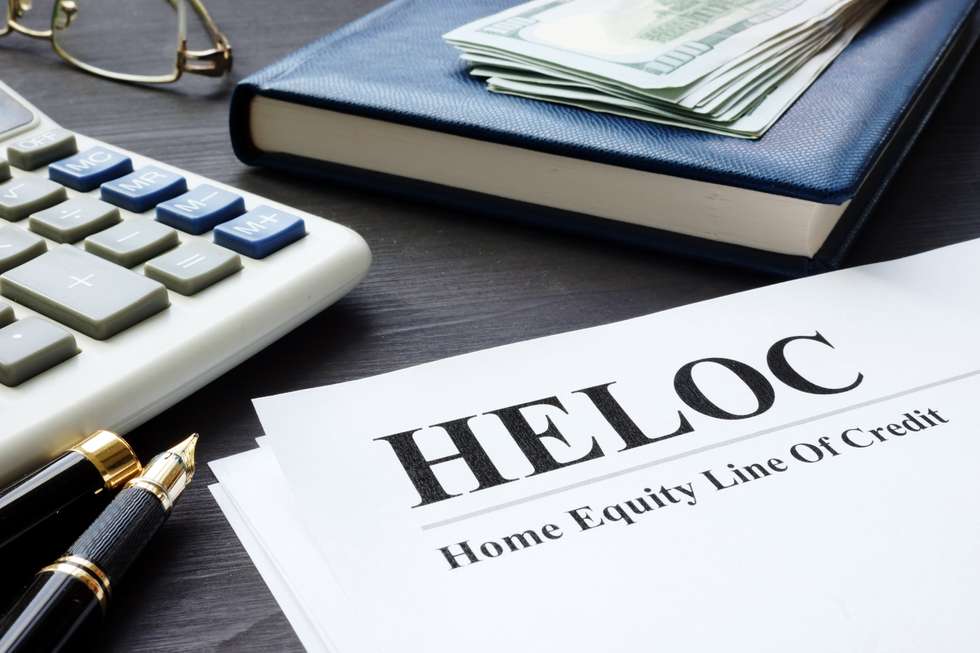Homeowners who need financial assistance can always rely on credit cards. They are not the only option to secure extra money for paying debt, financing house renovation, or building a second property, but they are a reliable source of cash when needed.
If you own a house you have been paying a mortgage for, but you need an alternative loan, you can rely on the funding that goes with it called the home equity line of credit (HELOC). In this article, we’ll explore what there is to know about HELOC.
What Is a Home Equity Line of Credit or HELOC?
This loan for houses is in the form of a credit line that you can use for whatever purpose you would like. The principal characteristic of this loan is that, unlike credit cards, you don’t pay high-interest rates on it, but you have to pay back the borrowed money in a given period. That means you have to pay back your loan balance according to your monthly payments.
When taking a home equity line of credit, you do not need to undergo a formal approval procedure. In most cases, you are just asked to fill in a simple form and provide the documents that prove that you own a house. The amount you receive as a credit line is usually determined according to the value of your house and its appraised value. The higher the value, the more money you can get.
Why Should You Consider Getting HELOC?
There are many advantages of a home equity loan. One of them is that the interest rates of this type of loan are usually lower when compared to other kinds of loans. You can compare them to the credit card rates, and you will notice that they are much lower.
Another advantage of this loan is that unlike many forms of credit, you can easily secure it even if your credit score is less than stellar. If your credit score is below the minimum required value, you will not be rejected.
How Does a HELOC Work?
A home equity line of credit is a revolving credit, like a credit card. When using a credit card, you have a credit limit that you can spend up to, and as you make monthly payments towards the balance you spent, your available credit is replenished. In HELOC, the key difference is that you are borrowing against the equity in your home to establish the line of credit.
If you apply for a home equity loan, there are a few things you need to have before your lender considers giving you the money.
- You’ll need to own the home and have some equity in it.
- Your current mortgage balance should also be lower than the home’s current market value.
- A lender will look at your debt-to-income ratio and your credit score, as well as how you pay your bills.
You’ll also have two options: the draw cycle and the repayment cycle.
During the draw cycle, you can borrow money up to the specified limit at different times throughout the year and pay it back when you receive your next paycheck. The draw cycle typically lasts between five and ten years.
During this time, an interest rate that changes depending on when you borrow is due on what you borrow. At the end of the draw cycle, all the money you borrowed has been paid off, and you can no longer take out any more loans.
Conclusion
A HELOC, or home equity line of credit, might have some additional restrictions. However, it can still be an advantageous way to get cash to pay off other debts. Securing a home equity line of credit is a great option when you need additional money for some purpose. You can use this money to renovate your kitchen, build a swimming pool, go on a vacation, or for any other purpose that you deem necessary.
At Good Neighbors Credit Union, we offer only the best tools and resources to help our clients better manage their finances. We are a Buffalo, NY credit union, expertly delivering a range of resources and products that help our members achieve their goals. Contact us today to learn how we can help.

